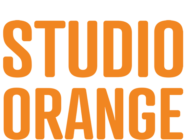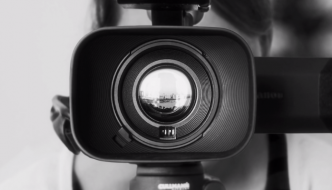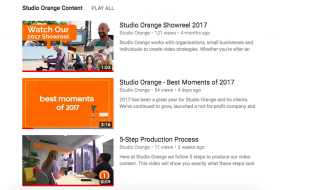When producing a video for your business; whether it’s an explainer video, animation or brand video, storyboarding is essential. Pre-production is the planning stage and creating a storyboard is the most important step in the planning stage. A storyboard is a structured roadmap of your video. It breaks down the main scenes and depicts the key messages you want to convey in your video/animation.
Just like a script, it is a plan for what will go into the video. It describes the types of shots, what is happening in the scene and any voice over narration. The storyboard is a vital part of the video production process and one that we can help you with.
Why do you need a storyboard?
A storyboard is the best way to plan out the vision for your video project. In one of our storyboarding sessions, we collaborate with our clients to gain a clear direction for the video. Designing a storyboard is a crucial step of the video production process, as it provides both parties with a solid understanding of the video’s structure and intent.
With a storyboard in place, a project can run much more smoothly. If all parties can see exactly which shots are required at what stage of the story, shooting your video will feel like a breeze. By following a storyboard / script, our team can work in an efficient and effective way. It helps to make sure that we are capturing and creating everything you need for your video project, whilst minimising the chances of things being missed.
Even though you may want to jump straight into production, crafting a storyboard will save you time in the end. It ensures that during the editing/animation stage, our team has a clear vision of the story and the final product.
How do you craft a storyboard?
Our go-to method is to split our video/animation into scenes that will run between 5-10 seconds, i.e. for a 90 second video you will need 9-12 scenes. Begin with a scene that will grab attention. Introduce a problem/challenge and slowly create a narrative around how your product/service provides a solution.
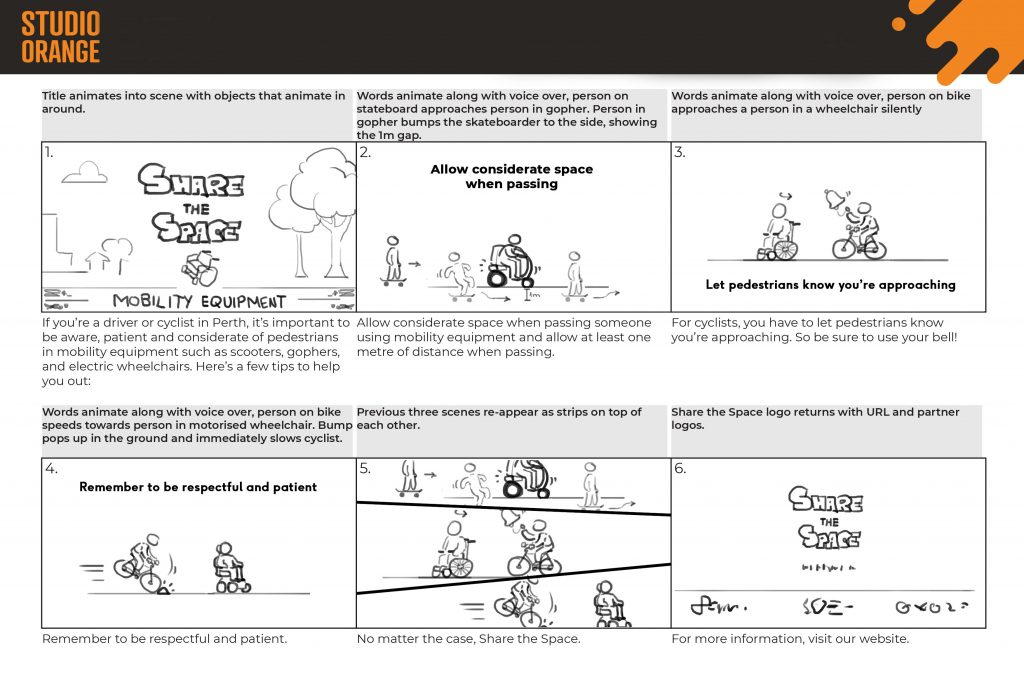

Where to start?
Start by putting your ideas to paper. Don’t worry about the finer details or how your drawings look. This stage is about planning out the video, so put down enough detail that you can communicate your ideas clearly (don’t over complicate it). When looking for a place to start we break down our stories into a simplified structure.
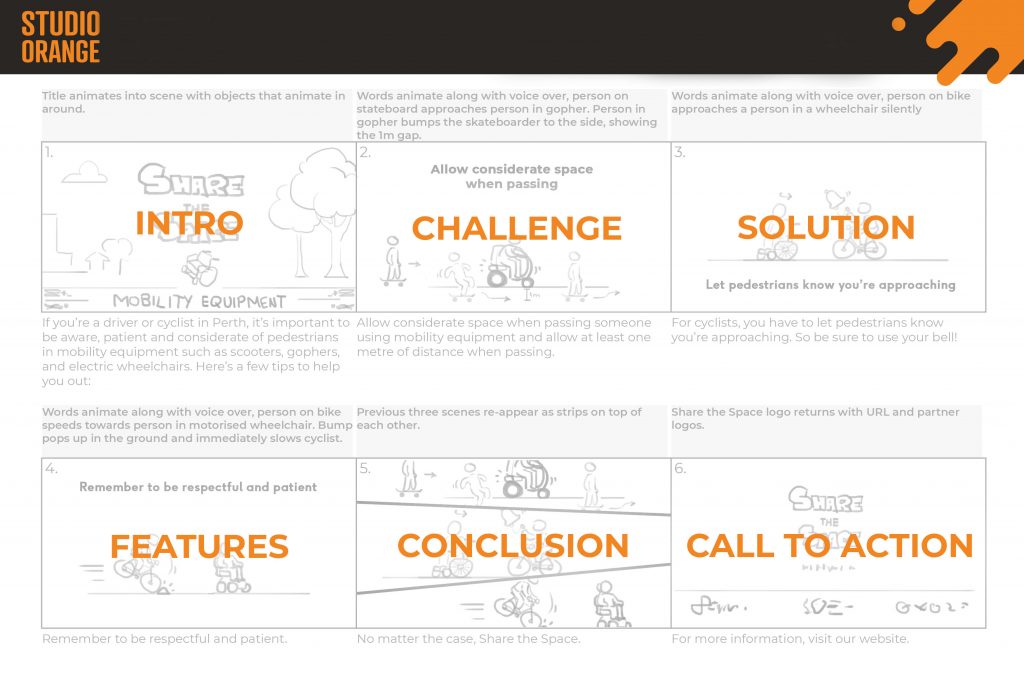

Using these headings, you can begin to break down the story you want to tell. Jot down dot points for each heading to put together a potential script and it should help generate ideas for the visuals of that scene. If you find yourself getting stuck on one section, move on to the next one and come back once you know how it can tie into the overall narrative.
Every week we help businesses bring their ideas to life through animation and film. Storyboarding is a fundamental part of this work; setting a foundation for us to build upon and to help tell the best story possible. If this is something we can help you with, please get in contact with us today.
